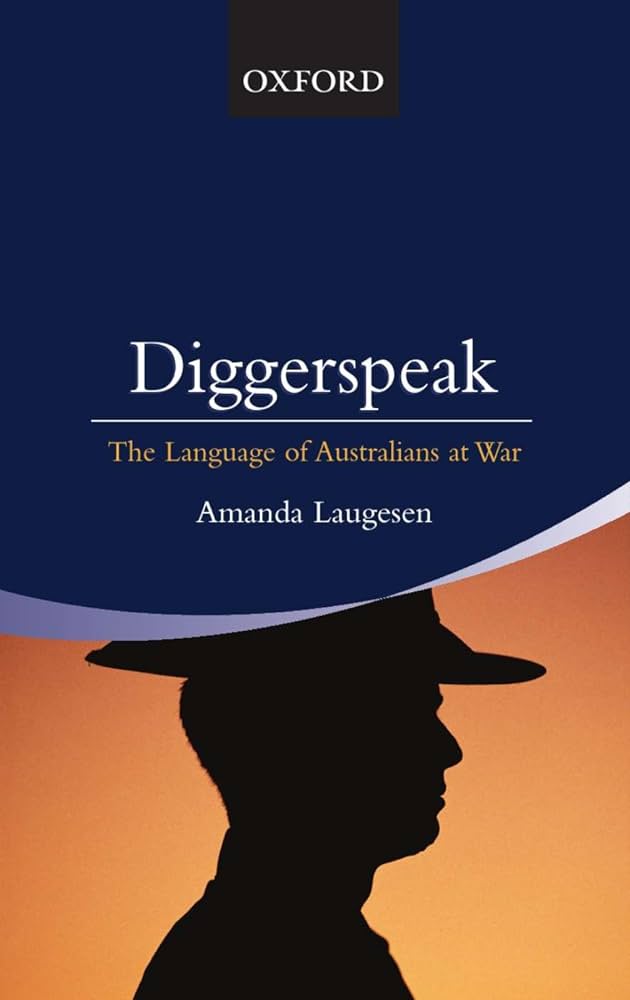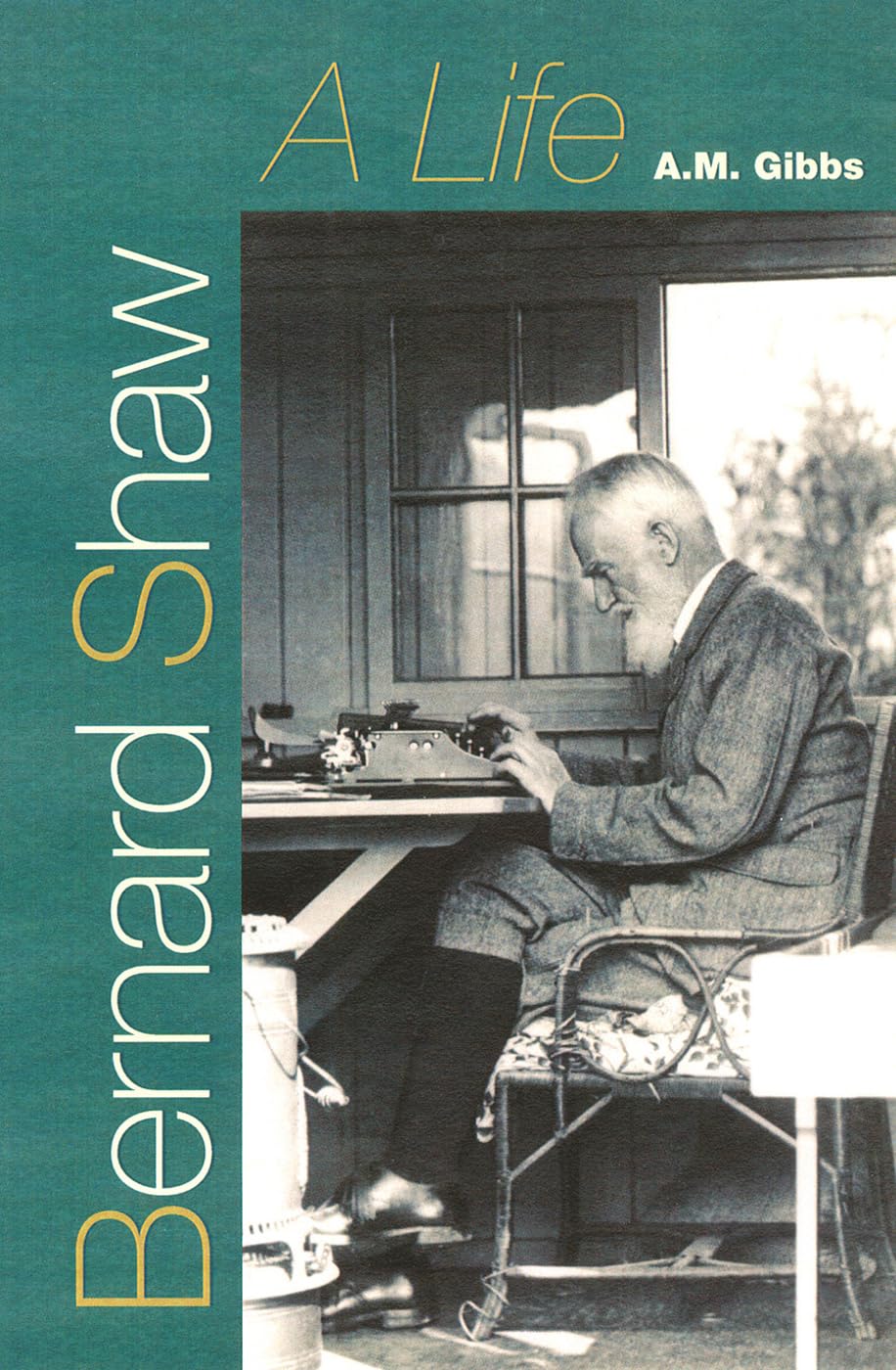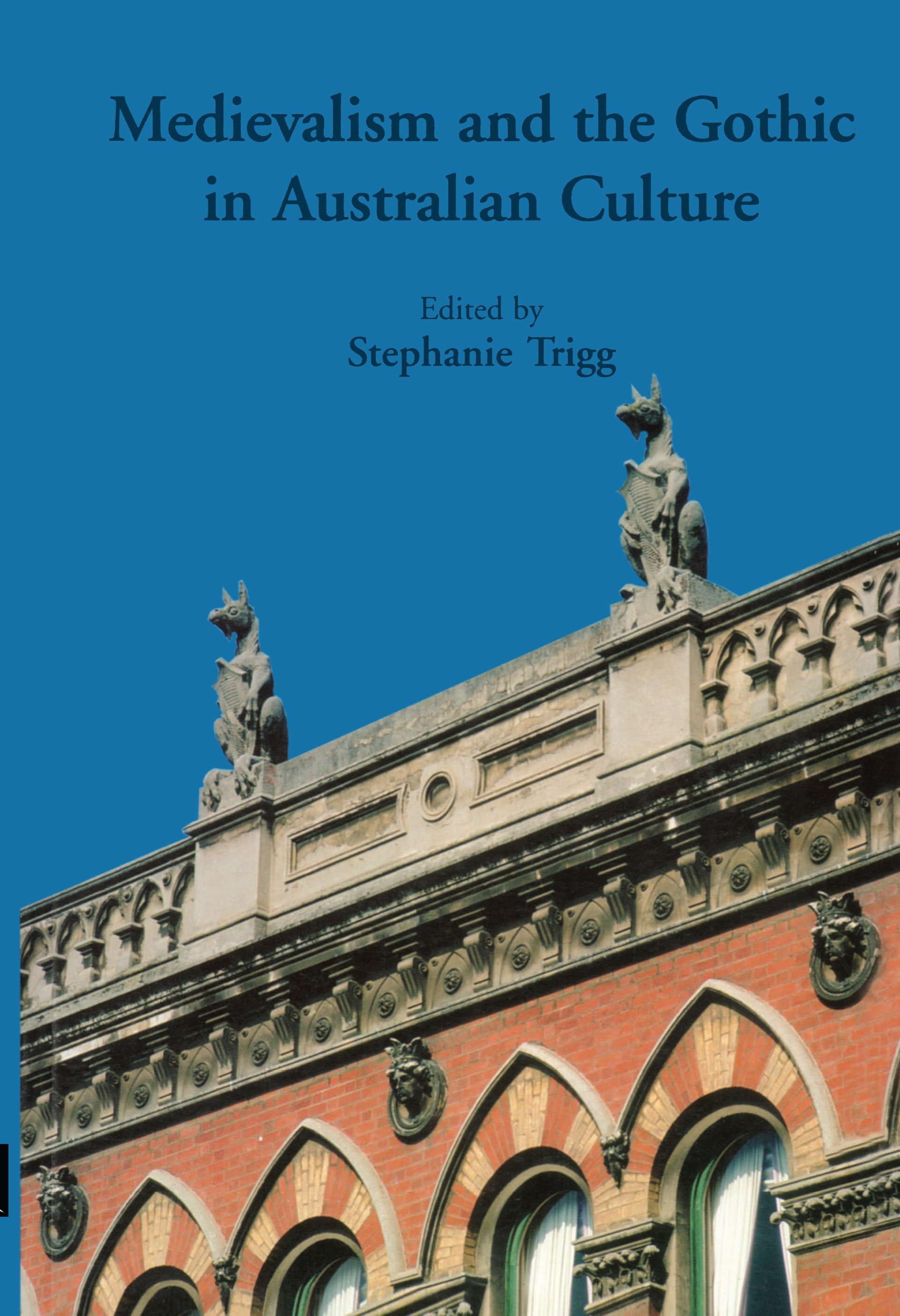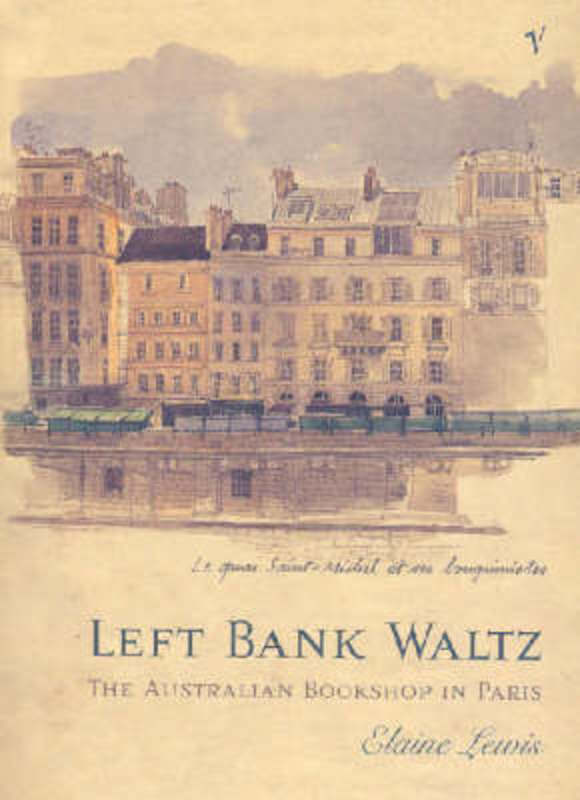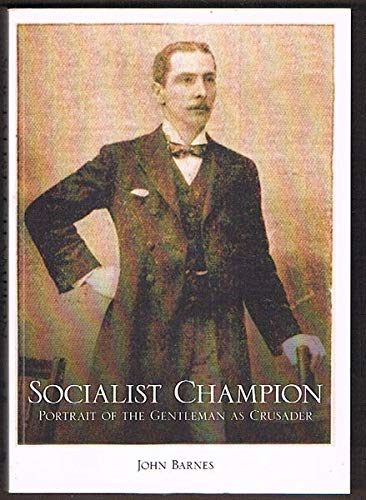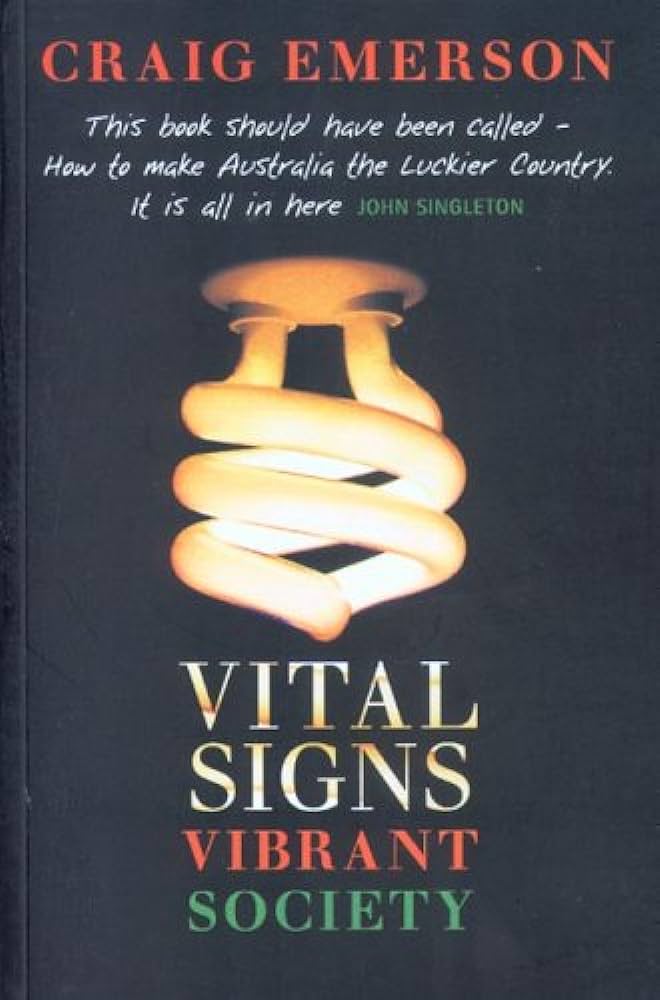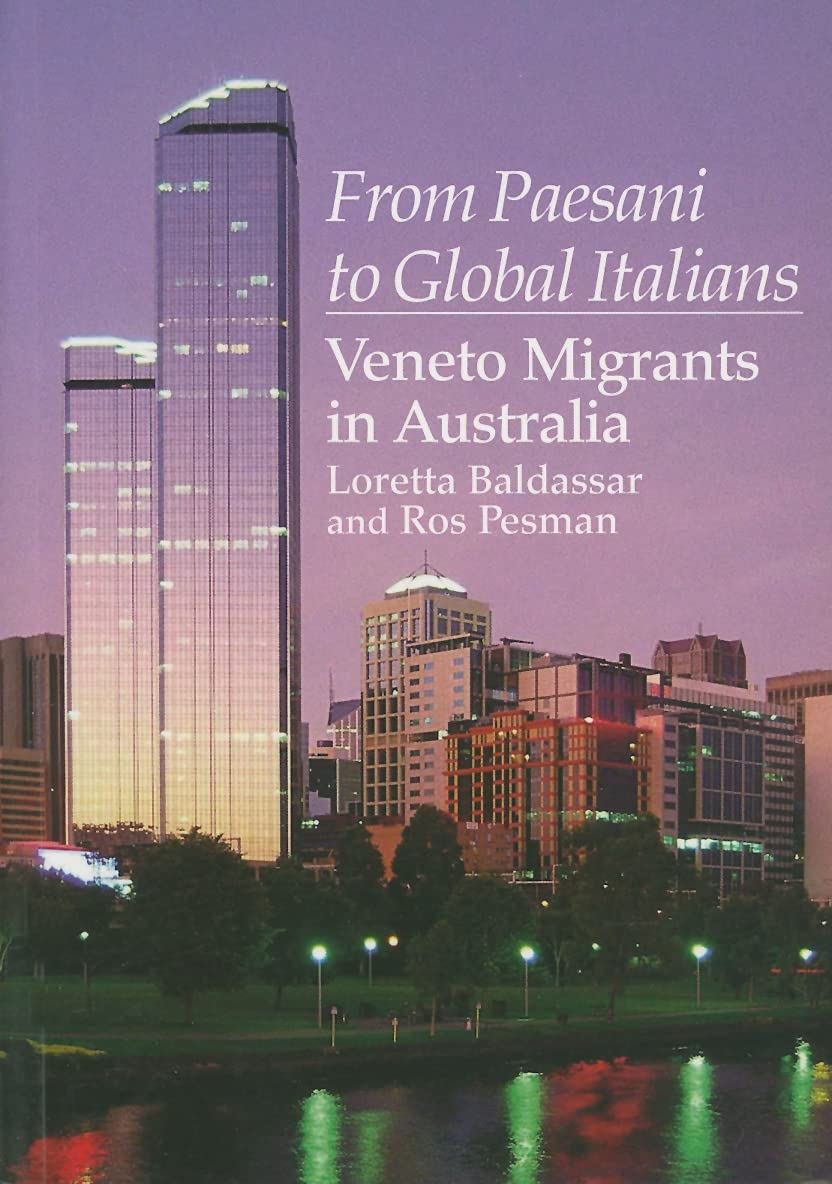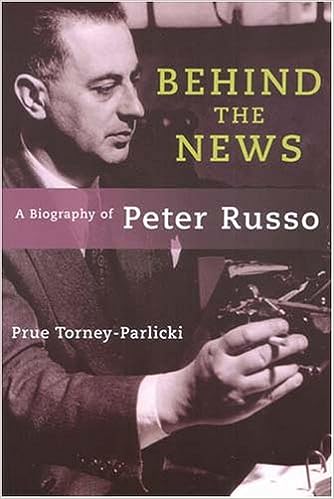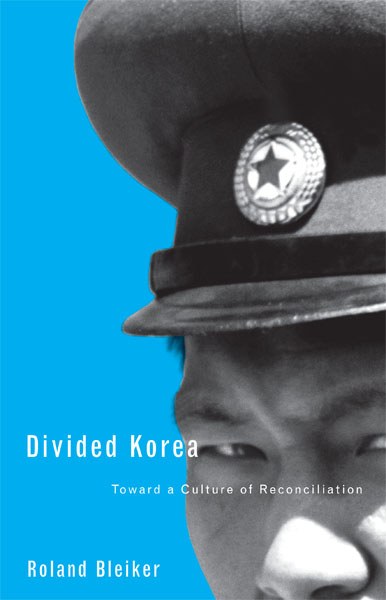Non Fiction
Diggerspeak: The language of Australians at war by Amanda Laugesen
While I was reading this book, news came that Peter Casserly, the last surviving digger who fought on the Western Front in World War I, had died, aged 107. Like Marcel Caux, who died in 2004, aged 105, Casserly always repudiated the Australian glorification of Gallipoli, refusing to participate in Anzac Day marches, join the RSL or even to talk about his wartime experiences. Yet after eighty-seven years of silence on the subject, Casserly had not forgotten the language that diggers used in 1917. The Sydney Morning Herald report of his death quoted from an interview he gave. ‘Another time Fritz derailed a train with English soldiers on board,’ he recollected, adding that, ‘Jerry was always trying to blow up the train with all its ammo.’ The soldiers’ terms to refer to their enemy, the Germans (or ‘the Hun’, as it pleased supporters of the conflict to say then), were Fritz, the pet-form of the common German given name Friedrich, and Jerry, an English pet-name that echoed the word German. Likewise, the Turks were called Abdul and Johnny Turk.
... (read more)However respectful its intentions, literary biography invariably takes on the character of a siege, laid by oneself against another. Every biographical subject, unwittingly or not, builds fortifications to repulse such invaders, and George Bernard Shaw (1856–1950) was no exception. He did, however, adopt a characteristically sly defence. His castle was regularly open to the public. Inside, he would be on hand to guide visitors through its rooms, an amusing if distant squire, knowledgeably arguing the architectural merits of his own, not insubstantial, additions, and giving the punters their money’s-worth with polished tales of eccentricity, debt and alcoholism for each of the family portraits. He was both garrulous curator and living artefact in a museum of his own design.
... (read more)Medievalism and the Gothic in Australian Culture by Stephanie Trigg
In her essay in this collection, Jenna Mead quotes from the work of a co-contributor, the Australian medievalist David Matthews. He tells a story which is likely to resonate in the memories of many of us who have, by choice or otherwise, studied medieval culture at university in this country. His tutor at the University of Adelaide, in the course of a seminar on Sir Gawain and the Green Knight, asked the class about the famous line which describes Bertilak’s castle: ‘Towres telded bytwene, trochet ful [th]ick.’ ‘Where might the nearest example of such an architectural feature be found?’ The class, suspecting some academic trick, fell silent, not making the imaginative connection to the tower of the administration building ‘about two hundred yards away’.
... (read more)Left Bank Waltz: The Australian bookshop in Paris by Elaine Lewis
Elaine Lewis established and ran the Australian Bookshop in Paris from 1996 to 1998. It acted as an outlet in France for Australian books, a nexus for travelling Australian writers and a cultural hub in the Parisian arts scene. This is the story of the bookshop in its heyday, before Lewis returned to Australia and the bookshop retired to an online existence.
... (read more)Socialist Champion: Portrait of the gentleman as crusader by John Barnes
Besides being a bookseller, publisher and literary agent, Henry Hyde Champion (1859–1929) – the subject of this fascinating biography – was also, at various stages, an army officer, a journalist, and a socialist organiser. Born in England to a wealthy family with aristocratic roots, Champion turned his back on a conventional upper-class life after witnessing the appalling poverty of London’s East End. He embarked on what was to become a lifetime of activism on behalf of the poor and the working classes. Champion was a pioneer socialist of late nineteenth-century England and in this capacity, had dealings with such luminaries as George Bernard Shaw and the union leader John Burns. He was a key participant in the London Dock Strike of 1889, which was to prove a watershed for the labour movement, and was an early promoter of the eight-hour day.
... (read more)Craig Emerson is a good man to have around in federal politics. He has ideas, which is what politics should be largely about. And ideas, in the barnyard of Canberra politics, are almost as scarce as hen’s teeth. Emerson has a PhD in Economics from ANU. In earlier times, as an adviser to Prime Minister Bob Hawke, he had a reputation for being a bit of an environmentalist. Traditionally, the two disciplines don’t sit happily together. He managed to embrace them both.
... (read more)From Paesani to Global Italians: Veneto migrants in Australia by Loretta Baldassar and Ros Pesman
The 120,000 expatriate Italians living in Australia, all of them newly entitled to vote in the recent election, contributed significantly to the knife-edge defeat of Prime Minister Silvio Berlusconi in April 2006. Before the counting of all such votes in the four electoral regions into which his own government had divided the world, Berlusconi looked to have a one-seat majority. Then the votes of emigrant Italians swung the outcome the other way. For the first time, their say elected six expatriate senators and twelve deputies, including one of each from the Australia/Asia/Africa region – both of whom happen to live in Melbourne.
... (read more)History has never been so much fun,’ says the blurb of one of the books reviewed below. Welcome to the twenty-first century. Work is fun. History is fun. Writing is fun. Writing history must therefore be really fun!
... (read more)Behind the News: A Biography of Peter Russo edited by Prue Torney-Parlicki
Many older readers of ABR would remember Peter Russo – whether fondly or otherwise – for his newspaper columns (principally in the Melbourne Argus) from 1941, and for his ABC radio broadcasts, which continued until his death in 1985. As for younger readers: picture a journalist–commentator (his career defied easy description) who was as controversial in his day as any of our present ‘shock jocks’, but who actually knew what he was talking about. Leading politicians approached Russo not to curry favour with his audience but to understand matters within his areas of expertise: Asia and international affairs. Such expertise – including fluency in eight languages – made it difficult to ignore his contributions to public discourse which, as Prue Torney-Parlicki’s biography makes clear, were substantial. Until this biography (the first comprehensive study of the subject to be published), Russo risked being remembered not for what he said or did but, rather, for what others said about him.
... (read more)Divided Korea: Toward a culture of reconciliation by Roland Bleiker
‘The US scares North Korea.’ If you are George W. Bush or Dick Cheney, you may be satisfied with this statement by former US diplomat Donald Gregg. It might signify the success of American policy towards North Korea, a country you consider to be a dangerous ‘rogue state’ that is developing nuclear weapons and exporting missile technology, and that is led by a repressive totalitarian régime. The only way to deal with such governments, you believe, is through threats, deterrence and, if necessary, military action to degrade offensive military capabilities or even to remove them from power. But what if this brings us to the brink of disaster? In this timely and important book, Roland Bleiker exposes this schoolyard philosophy for what it is: a dangerous and simplistic recipe that has brought North-East Asia to the brink of war too many times in recent years. Ever since the North Koreans announced in 2002 that they were withdrawing from the Treaty on the Non-Proliferation of Nuclear Weapons (NPT) and were on the brink of developing a working nuclear capability other countries in the region have been justifiably alarmed.
... (read more)

